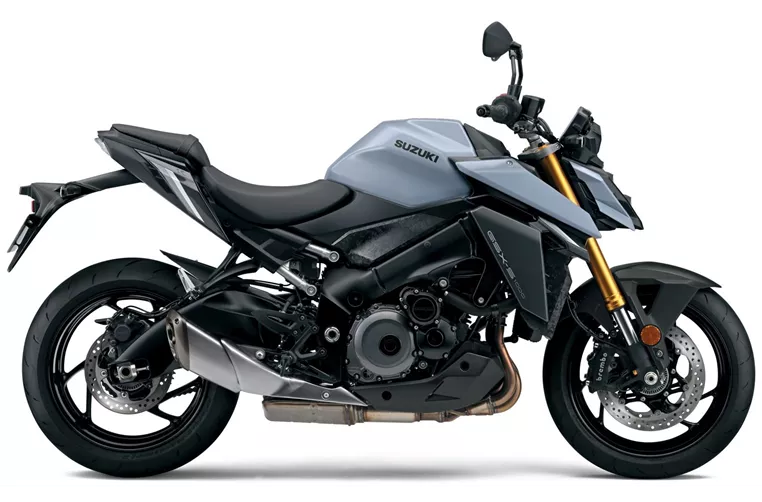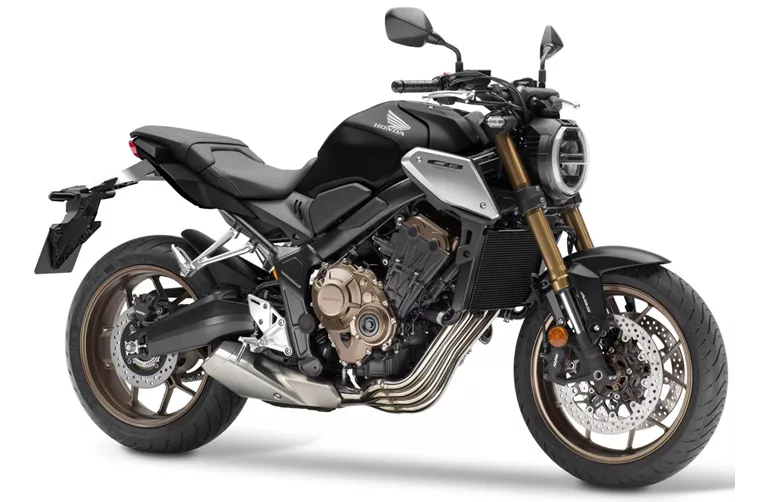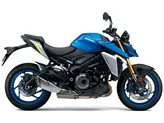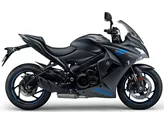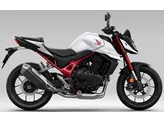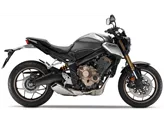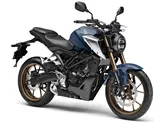Suzuki GSX-S1000 2022 vs. Honda CB650R 2021

Suzuki GSX-S1000 2022
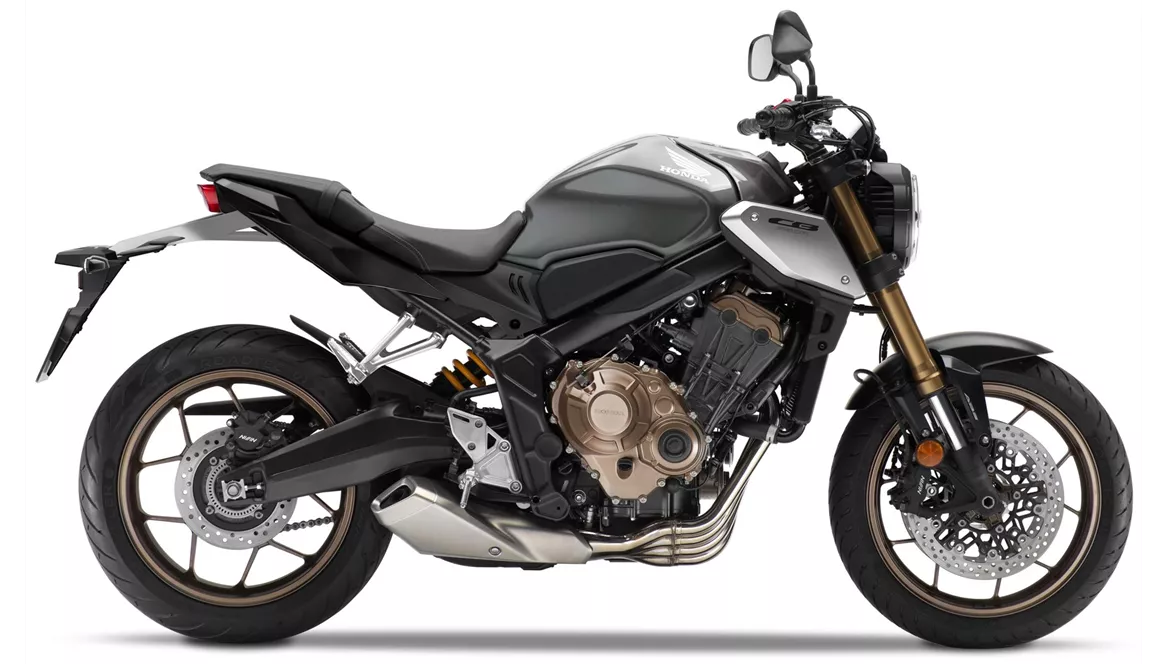
Honda CB650R 2021
Overview - Suzuki GSX-S1000 2022 vs Honda CB650R 2021
The Suzuki GSX-S1000 2022 and the Honda CB650R 2021 are both naked bikes with similar engine types, inline-four cylinders, and liquid cooling. However, there are several key differences between the two models.
In terms of engine power, the Suzuki GSX-S1000 2022 has a significant advantage with 152 HP compared to the Honda CB650R 2021's 95 HP. This higher power output gives the Suzuki a more exhilarating and thrilling riding experience, especially for riders who enjoy high-performance motorcycles.
The torque figures also favor the Suzuki GSX-S1000 2022, with 106 Nm compared to the Honda CB650R 2021's 63 Nm. This additional torque provides better acceleration and responsiveness, making the Suzuki more suitable for riders who enjoy quick bursts of speed.
Both motorcycles feature fuel injection systems, ensuring efficient fuel delivery and improved throttle response. However, the Suzuki GSX-S1000 2022 has a larger displacement of 999cc compared to the Honda CB650R 2021's 649cc, which contributes to its higher power and torque figures.
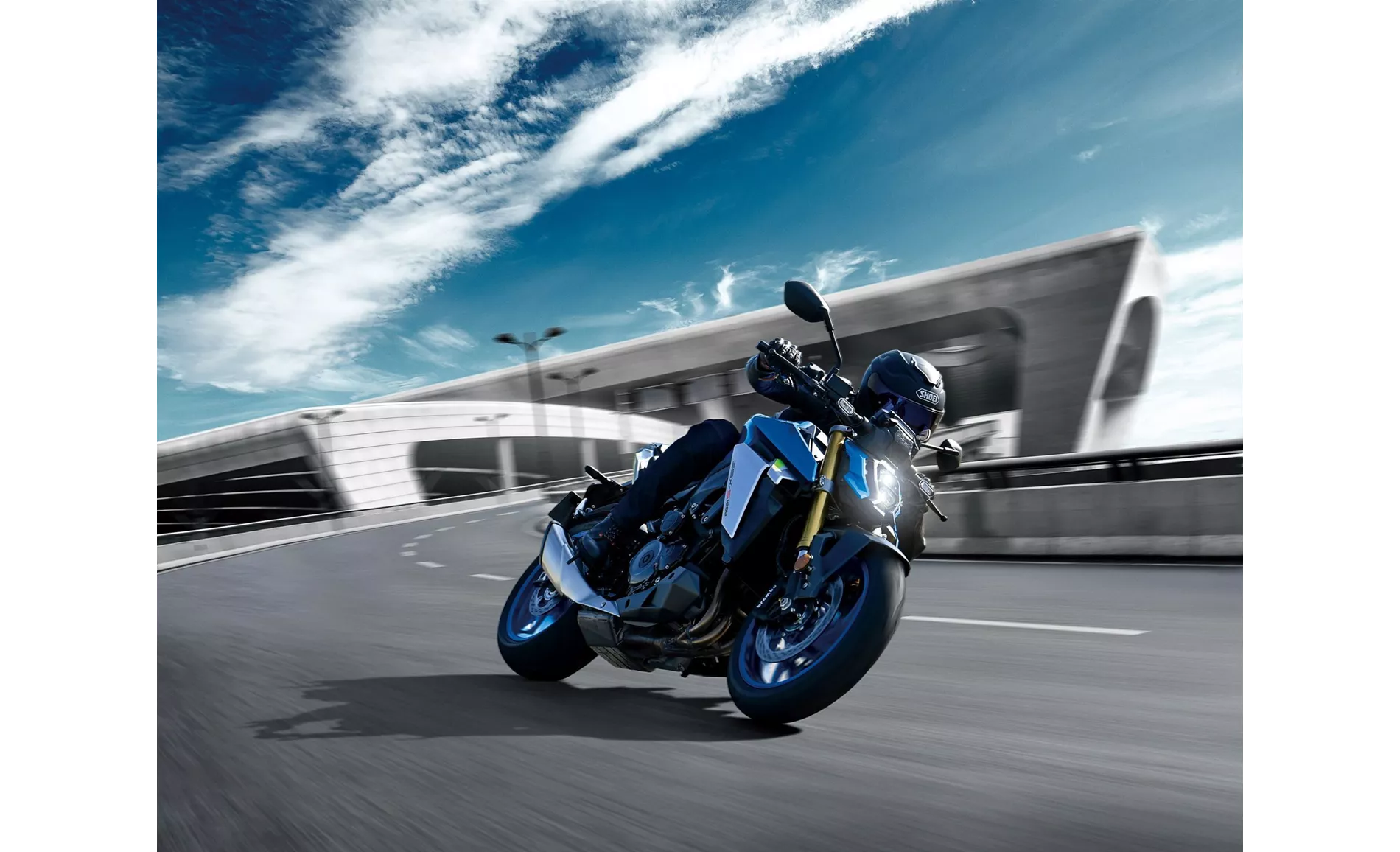
Suzuki GSX-S1000 2022
In terms of suspension, both motorcycles have upside-down telescopic forks at the front and swing arm suspensions at the rear. However, the Suzuki GSX-S1000 2022 offers additional adjustment options with preload and rebound settings for the rear shock absorber, allowing riders to fine-tune their suspension setup for optimal comfort and handling.
The chassis construction differs between the two models, with the Suzuki GSX-S1000 2022 featuring an aluminum frame compared to the Honda CB650R 2021's steel frame. The aluminum frame provides a lighter and more rigid structure, contributing to improved handling and maneuverability.
Both motorcycles are equipped with double disc brakes at the front, with a diameter of 310mm and four-piston calipers. However, the Suzuki GSX-S1000 2022 has the advantage of radial and monoblock technology, which enhances braking performance and provides a more precise and responsive feel.
In terms of rider assistance systems, the Suzuki GSX-S1000 2022 offers a more comprehensive package with ABS, riding modes, ride by wire, a shift assistant with blipper, and traction control. On the other hand, the Honda CB650R 2021 only features ABS.
When it comes to dimensions and weights, both motorcycles have similar front and rear tire sizes, wheelbase, and seat height. However, the Suzuki GSX-S1000 2022 has a slightly larger fuel tank capacity of 19 liters compared to the Honda CB650R 2021's 15.4 liters, resulting in a longer range of 311 km for the Suzuki and 314 km for the Honda.
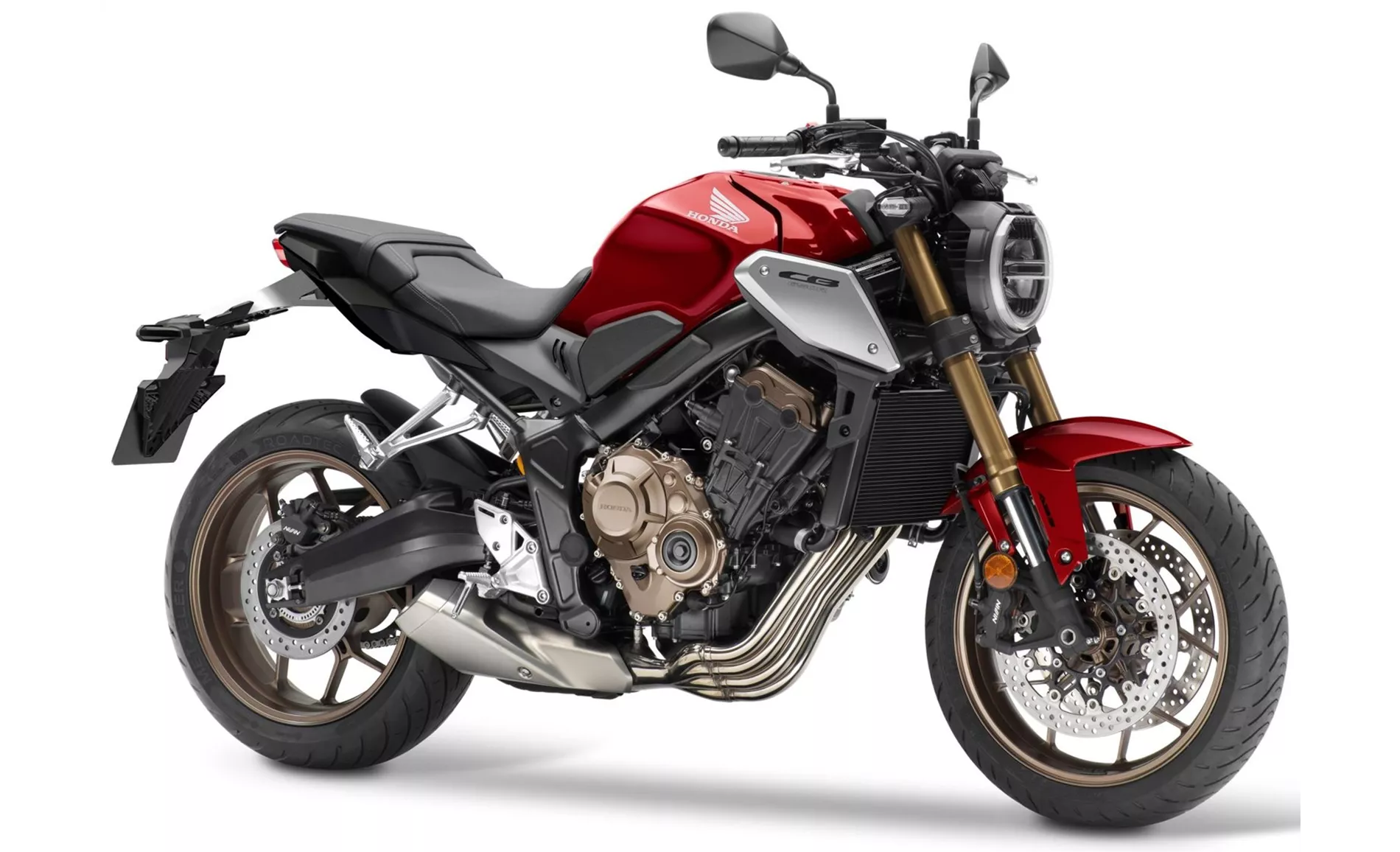
Honda CB650R 2021
In terms of fuel consumption, the Honda CB650R 2021 has a lower combined fuel consumption of 4.9 l/100km compared to the Suzuki GSX-S1000 2022's 6.1 l/100km. This means that the Honda offers better fuel efficiency, making it more suitable for riders who prioritize fuel economy.
In terms of strengths, the Suzuki GSX-S1000 2022 stands out with its superior engine, excellent shift assistant including blipper, balanced handling, bold design, comfortable seating position, and competitive price. On the other hand, the Honda CB650R 2021 is praised for its Neo Sports Cafe optics, beginner-friendly nature, good price-performance ratio, smooth engine revs, and low fuel consumption.
However, the Suzuki GSX-S1000 2022 does have some weaknesses, including a less comprehensive electronics package with no 6-axis IMU or cornering ABS, slightly antiquated instruments on the handlebars, and a display that may not be particularly easy to read. The Honda CB650R 2021 also has its weaknesses, such as limited space for tall riders, mediocre equipment, a relatively bulky design, and less punch from the rev range.
In conclusion, the Suzuki GSX-S1000 2022 and the Honda CB650R 2021 are both capable naked bikes with their own strengths and weaknesses. The Suzuki offers a more powerful and thrilling riding experience, while the Honda provides a more beginner-friendly and fuel-efficient option. Ultimately, the choice between the two models depends on the rider's preferences and priorities.
Technical Specifications Suzuki GSX-S1000 2022 compared to Honda CB650R 2021
Pros and Cons in comparison
Pros and Cons in comparison
Suzuki GSX-S1000 2022
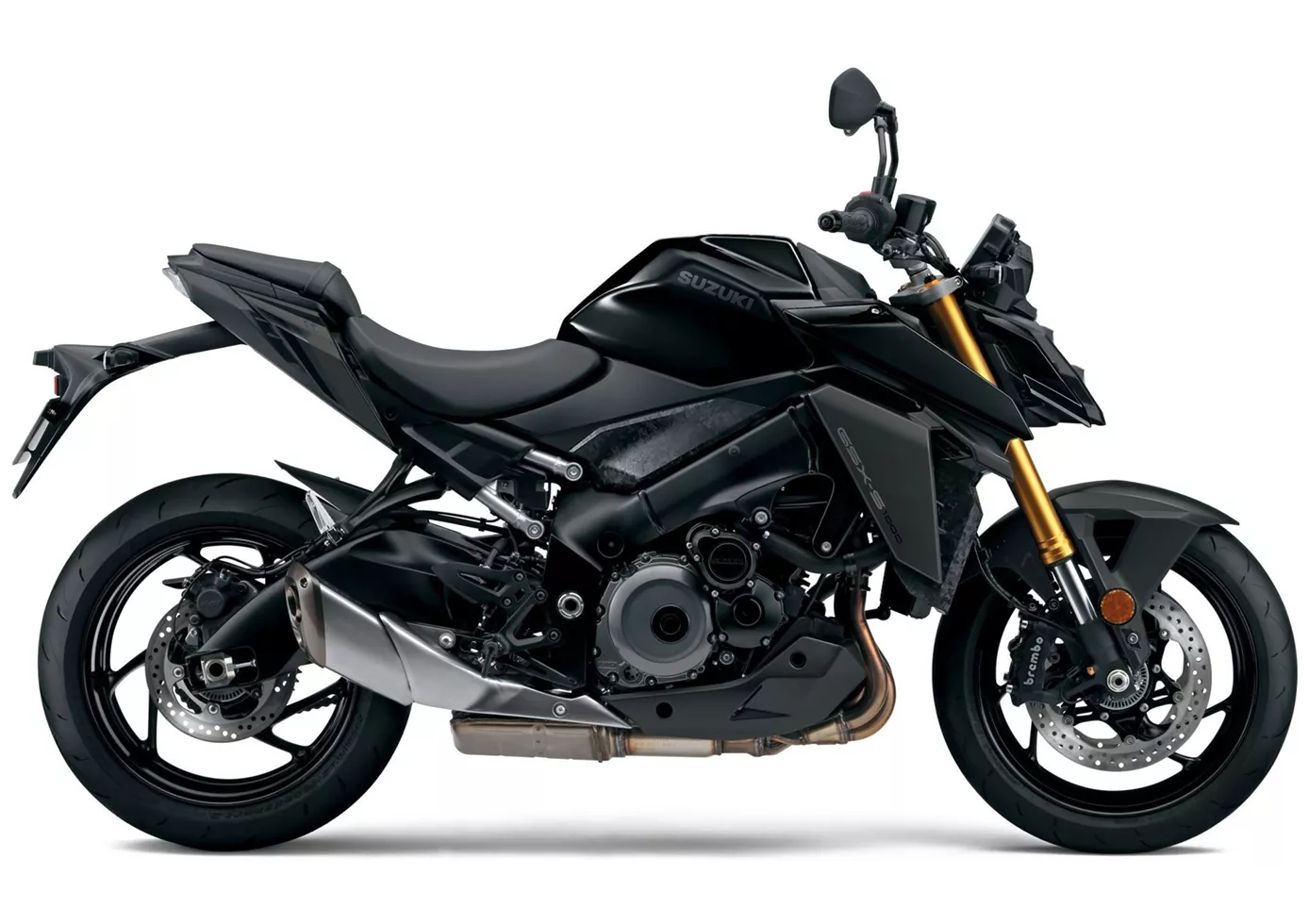
La structure de base de la nouvelle GSX-S1000 est une vieille connaissance - le moteur et le châssis proviennent toujours de la précédente. Cependant, la machine a été modernisée dans de nombreux domaines et se présente surtout visuellement à un niveau extrêmement élevé. Le moteur ne peut certes pas jouer dans la ligue des hyper-nakeds super-puissants, mais il fonctionne de manière très harmonieuse et suffisamment puissante. Le châssis conventionnel est également un bon compromis entre sportivité et confort. Les arguments de poids sont définitivement le design réussi, le Quickshifter de série avec blipper et enfin le prix relativement bas.
Honda CB650R 2021
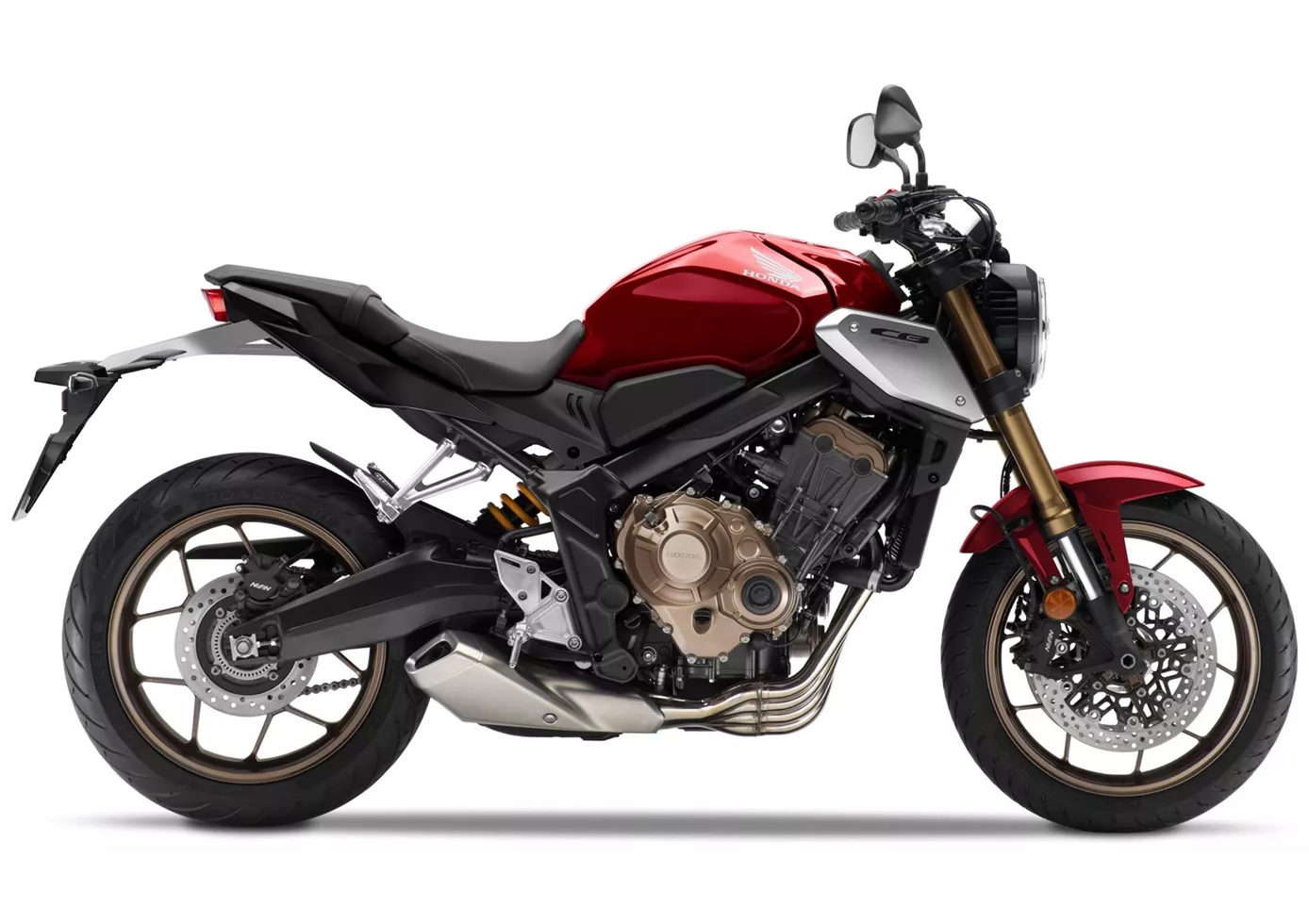
13 points sur 24 possibles signifient la 5e place dans le grand test comparatif des nakedbikes de classe moyenne 2021. La Honda se défend bien contre la concurrence techniquement plus avancée et peut laisser une moto derrière elle malgré sa position d'outsider. Un look agréable, une conduite accessible et un prix bas font passer au second plan les imperfections mises en lumière par la comparaison directe.
Price Comparison Avarage Market Price Suzuki GSX-S1000 vs Honda CB650R
There are a few key differences between a Suzuki GSX-S1000 2022 and a Honda CB650R 2021. In terms of price, the actual average price of a Suzuki GSX-S1000 2022 is about 86% higher. Compared to Honda CB650R 2021 there are more Suzuki GSX-S1000 2022 bikes available on the 1000PS.de Marketplace, specifically 28 compared to 11. It takes less time to sell a Honda CB650R with 63 days compared to 130 days for the Suzuki GSX-S1000. Since model year 2015 1000PS.de editors have written 36 reviews for the Suzuki GSX-S1000 and 23 reviews for the Honda CB650R since model year 2019. The first review for the Suzuki GSX-S1000 was published on 9/27/2014 and now has more than 17,100 views. This compares to more than 53,700 views for the first review on Honda CB650R published on 10/8/2018.
